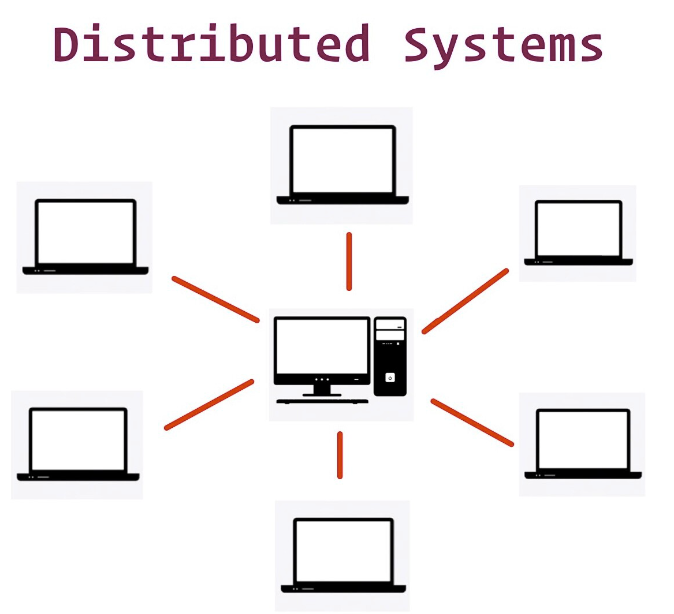Capstone Info
- value proposition
- users and their needs
- market analysis
- relevant patents/ip
- technology analysis
Member
- Liang Junyi: Project Manager: Responsible for overall project coordination, progress tracking, and communication with wider WealthCX team.
- Lin Zhiyuan: Database Developer: In charge of designing and implementing the MySQL database and integrating third-party data sources.
- Liaw Yu Zheng: Numbers Station Specialist: Responsible for integrating Numbers Station and implementing natural language visualization.
- Liu Lingao: FlowsieAI Specialist: Tasked with integrating FlowsieAI, enhancing data transformation, customizing LLM flows, and code generation.
- Guo Ziniu: Output Generator: Responsible for generating CSV files, automating API calls, and working with the FlowsieAI Specialist to visualize the output effectively.
- Ding Hongyue: Quality Assurance Analyst: Ensures the quality and reliability of the entire DAVT application.
value proposition
1. Streamlined Financial Data Analysis:
- DAVT simplifies the process of analyzing financial data by automating data extraction, transformation, and visualization. This streamlining saves time and effort, allowing financial professionals to focus on decision-making rather than data processing.
2. Enhanced Decision-Making:
- By providing easy access to third-party financial data, DAVT empowers organizations to make more informed decisions. The integration of Natural Language Queries and Language Model (LLM) transformations helps extract valuable insights from the data, leading to better decision-making.
3. Comprehensive Data Pipeline:
- DAVT integrates external services like Numbers Station and FlowsieAI to create a comprehensive data pipeline. This integration ensures that the tool can handle various data sources and apply advanced data processing techniques.
4. Customization and Adaptability:
- The use of FlowsieAI allows for customization of Language Model (LLM) flows, making it adaptable to specific data analysis needs. This flexibility ensures that the tool can be tailored to different financial analysis scenarios.
5. Effective Data Visualization:
- DAVT is designed to visualize data effectively, making it easier for users to understand and interpret the information. This capability is crucial for conveying insights and trends within the data.
6. Export and Integration:
- DAVT facilitates the export of transformed data in CSV format, making it compatible with various internal tools and processes. This seamless integration allows organizations to leverage the insights gained from DAVT across their operations.
7. Time and Cost Savings:
- By automating data analysis and visualization tasks, DAVT helps organizations save time and reduce operational costs. It eliminates the need for manual data processing and minimizes the risk of errors.
8. Data-Driven Media Creation:
- DAVT’s connection to internal tools like WealthCX enables the creation of short-form media and animated HTML visualizations of data. This feature can be used for data-driven content production and storytelling.
users and their needs
1. Financial Analysts and Data Scientists:
- Needs: These users require access to comprehensive financial data for analysis and modeling. They need tools that can automate data extraction, apply advanced analytics techniques, and provide data visualization to uncover insights and trends.
2. Business Executives and Decision-Makers:
- Needs: Executives need concise and visually appealing reports and dashboards that provide actionable insights. They rely on DAVT to help them make informed decisions based on financial data.
3. Data Engineers and IT Professionals:
- Needs: IT professionals and data engineers need a robust and scalable infrastructure. They require DAVT to integrate seamlessly with existing systems, ensuring data security, reliability, and performance.
4. Marketing and Sales Teams:
- Needs: These teams may use DAVT for market research and competitive analysis. They need user-friendly interfaces and reports to understand market trends and consumer behavior.
5. Content Creators and Media Specialists:
- Needs: Content creators use DAVT’s output to generate short-form media and animated visualizations. They need easily exportable and customizable data formats to create engaging content.
market analysis
1. Market Overview:
- Describe the overall market for data analysis and visualization tools, focusing on the financial sector.
- Provide information on the size, growth rate, and key trends in the market.
- Highlight the increasing importance of data-driven decision-making in finance.
2. Target Audience:
- Define the specific industries and user groups within the financial sector that DAVT aims to serve.
- Identify the needs and pain points of these target audiences.
3. Competitor Analysis:
- Identify major competitors in the market, including established players and emerging startups.
- Analyze their strengths, weaknesses, market share, and product offerings.
- Determine the unique selling points (USPs) of DAVT compared to competitors.
4. Customer Needs and Pain Points:
- Conduct surveys, interviews, or focus groups to understand the specific needs and pain points of potential users.
- Identify common challenges in data analysis, visualization, and decision-making within the financial sector.
5. Market Trends and Opportunities:
- Explore emerging trends in data analytics, natural language processing, and data visualization.
- Identify opportunities for DAVT to capitalize on these trends.
6. Regulatory and Compliance Considerations:
- Assess the regulatory environment in the financial sector, including data privacy and security regulations.
- Ensure that DAVT complies with relevant industry standards and regulations.
7. Pricing and Monetization Strategy:
- Determine the pricing model for DAVT, considering factors such as user licenses, data volume, and feature tiers.
- Assess the willingness of customers to pay for such a tool.
8. Marketing and Sales Strategy:
- Develop a marketing strategy to reach target customers, including digital marketing, content marketing, and sales outreach.
- Identify distribution channels and partnerships that can help promote DAVT.
9. SWOT Analysis:
- Conduct a SWOT analysis (Strengths, Weaknesses, Opportunities, Threats) to assess DAVT’s internal and external factors.
10. Challenges and Risks:
- Identify potential challenges and risks, such as technical hurdles, competition, or changing market dynamics.
- Develop mitigation strategies for these challenges.
11. Financial Projections:
- Create financial projections, including revenue forecasts, cost estimates, and break-even analysis.
12. Feedback and Iteration:
- Continuously gather feedback from potential users and adapt the product based on their input.
13. Market Entry Strategy:
- Determine the most suitable market entry strategy, whether through a phased rollout, partnerships, or other approaches.
14. Scalability:
- Assess the scalability of DAVT to accommodate future growth and increased demand.
relevant patents/ip
technology analysis
What is Numbers Station?
Numbers Station is an intelligent data stack automation platform designed to save data scientists from repetitive and time-consuming tasks such as data cleaning, duplicate data removal, normalization, and more. Currently, it supports the use of SQL language only.
Key Features of Numbers Station:
The product offered by Numbers Station provides three major services to expedite data cleaning, access, and utilization:
- Automatic Generation of SQL Language: SQL language is primarily used for database queries. With Numbers Station, users don’t need to learn SQL language. They simply input natural language commands to obtain SQL formulas for directly fetching the required data.
- Automatic AI Model Creation: Through commands, Numbers Station can automatically label data, and users only need to verify and correct the labels to create an AI model.
- Automatic Database Integration: Since a company’s various data sets may be scattered across different platforms, Numbers Station can directly merge data from platforms like SAP, Salesforce, Snowflake, and more.

